CuraçaoMapDecember 8–12, 2013 The Caribbean is an astounding part of the world. Every island wants to be independent here. For example, the Netherlands had a Caribbean autonomy called the Netherlands Antilles. And what happened? That’s right—the islands all held a referendum in 2010 and became six autonomous states within the Kingdom of the Netherlands: Sint Maarten, Sint Eustatius, Saba, Aruba, Bonaire and Curaçao. So Curaçao isn’t just a tasty liqueur anymore—it’s also an actual country. 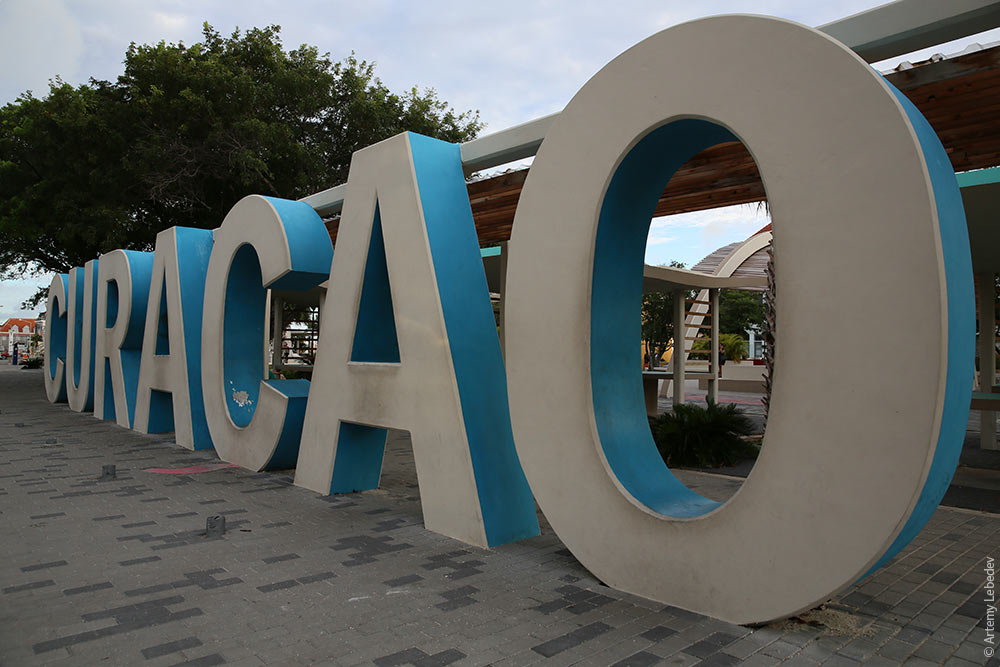 Few Caribbean nations (aside from neighboring Aruba) can boast legal prostitution. This became a problem in the 1930s and 1940s, when crowds of soldiers, sailors and oil refinery workers also began to harass respectable young ladies walking in the streets. When that happened, the local administration allocated a piece of land close to the airport and built a bar and barracks with small rooms on it. The result is a sort of brothel-barracks. The young women live and work here. The bar is crappy, the atmosphere is run-down. 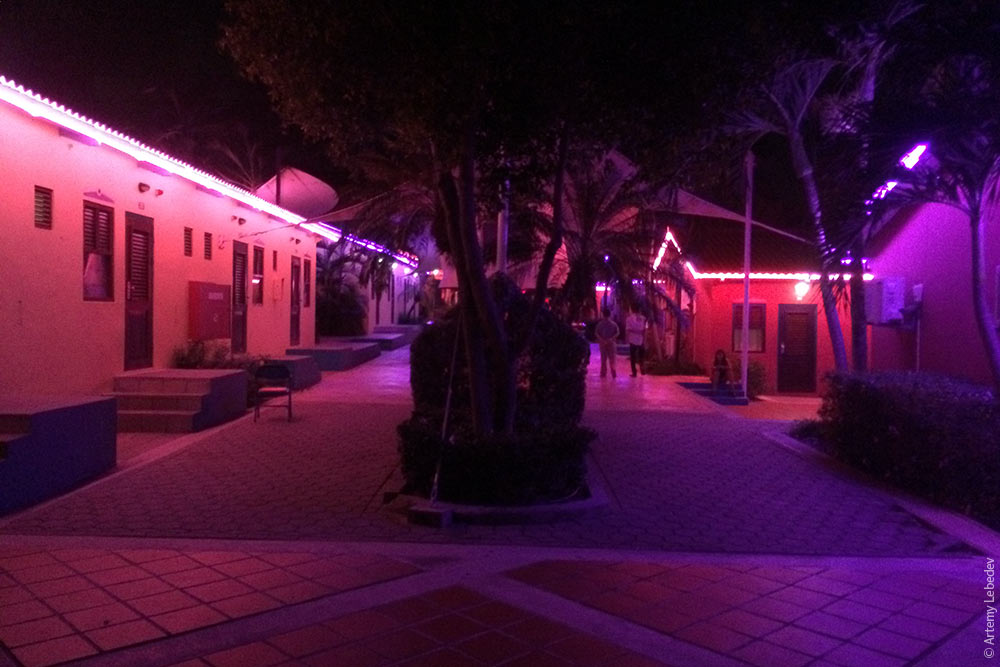 WillemstadMapAn unexpectedly pleasant town with Dutch-style gingerbread houses in the center. 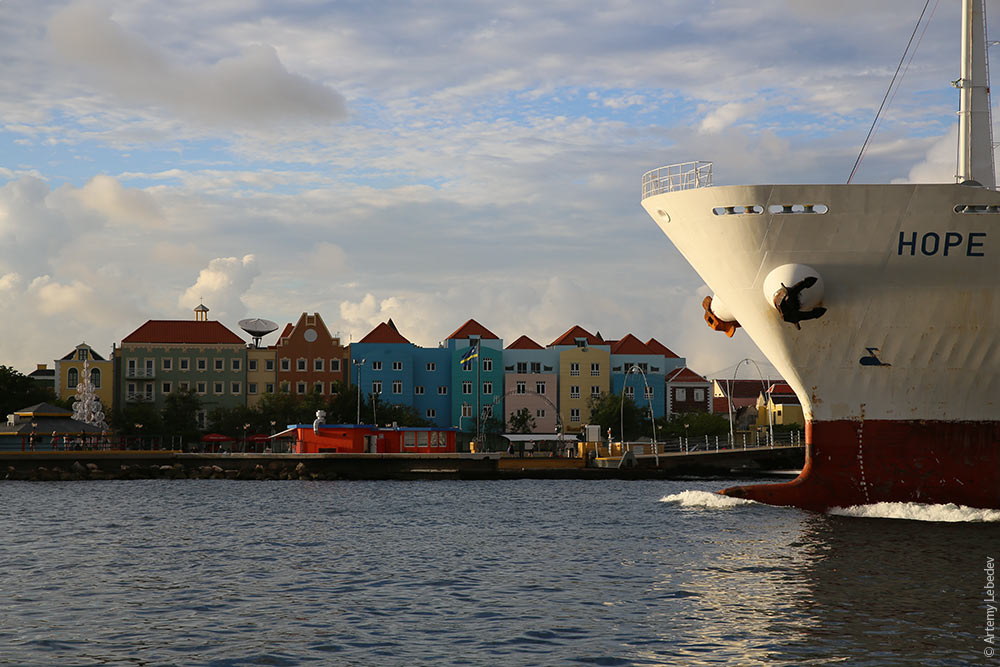 And an unexpectedly large variety of bascule bridges. Two spans raised by two counterweights. 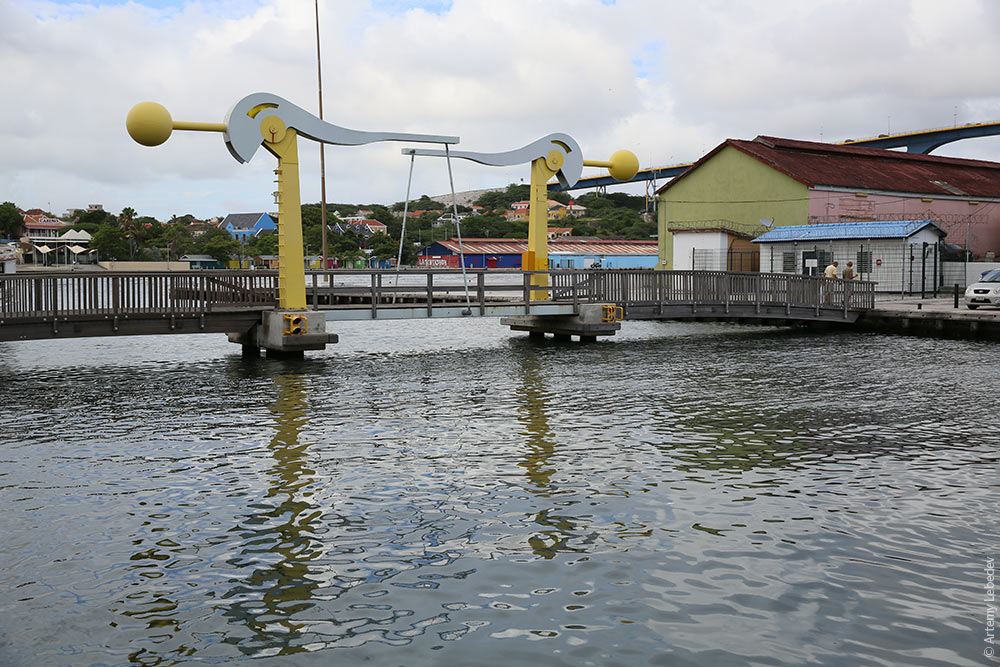 One span raised by one counterweight. 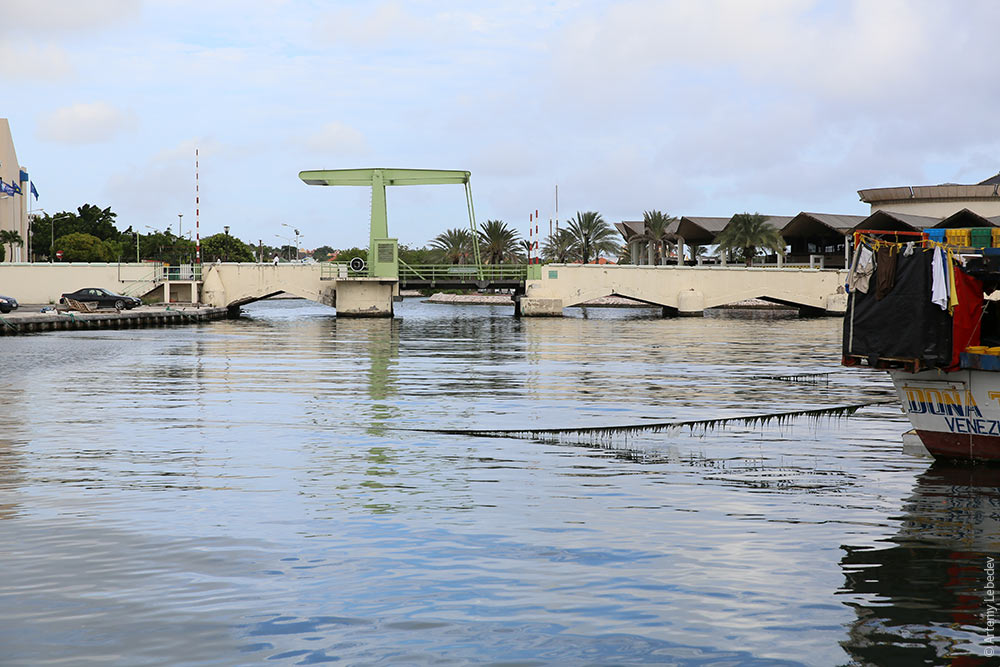 The most interesting and unusual of them all, however, is a bridge that swings sideways (like some bridges used to in Saint Petersburg). The bell rings, the gates close. The bridge swings away from the embankment, letting ships pass. When it’s a small boat, the bridge docks back to the shore within minutes. When it’s an ocean liner, the bridge swings 90 degrees to the side. What are people supposed to do if they almost made it to the end of the bridge that swung back? There’s a dock with a free ferry on this spot, rescuing those who didn’t make it across. Genius. 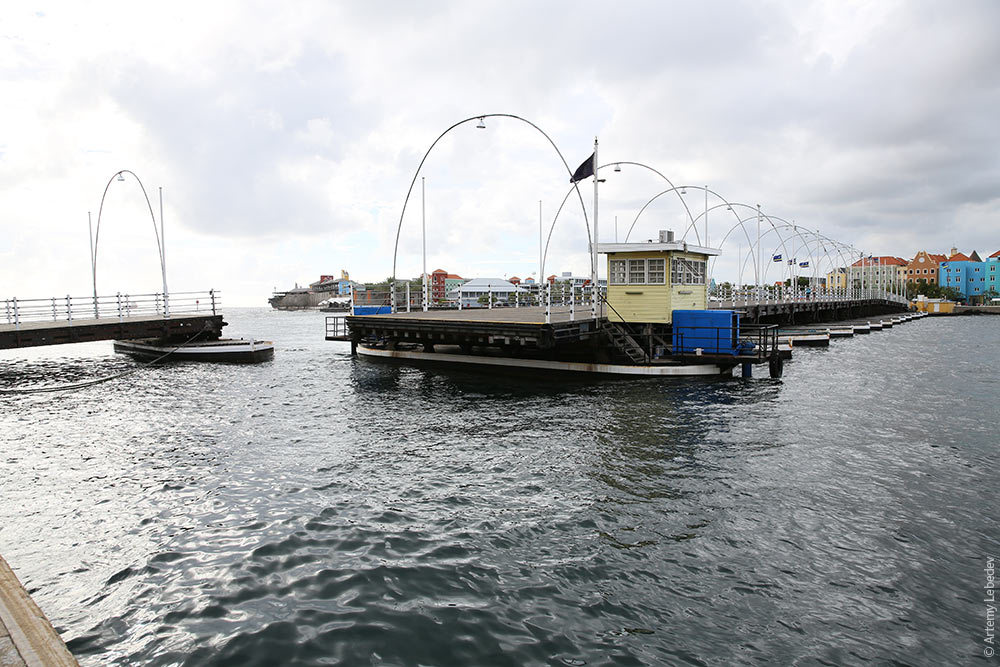 It’s even easier for drivers. They have a permanent bridge tall enough for cruise liners to pass under. 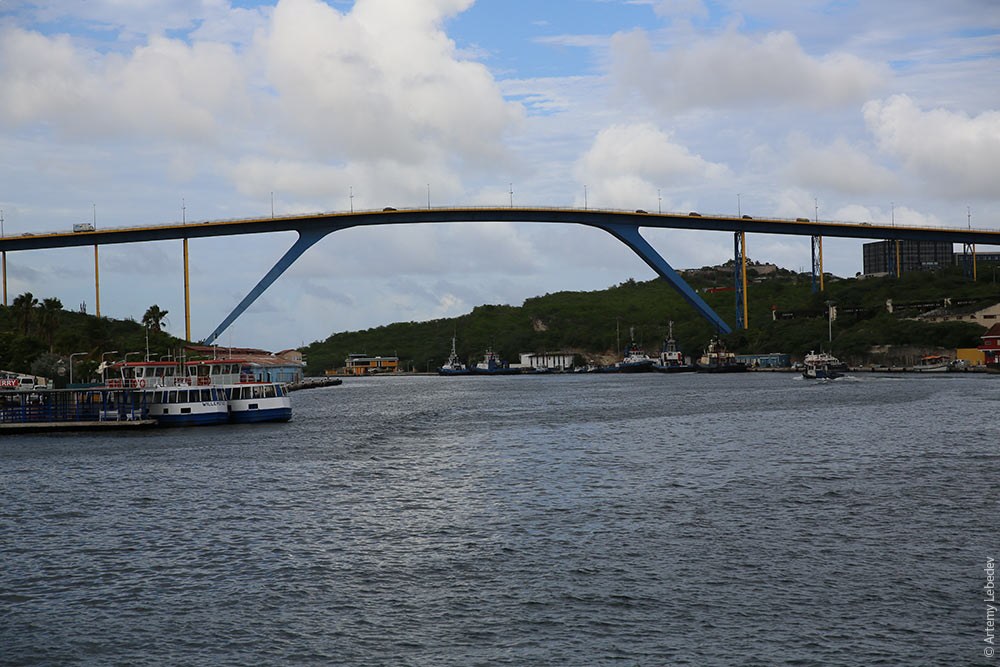 Payphones. 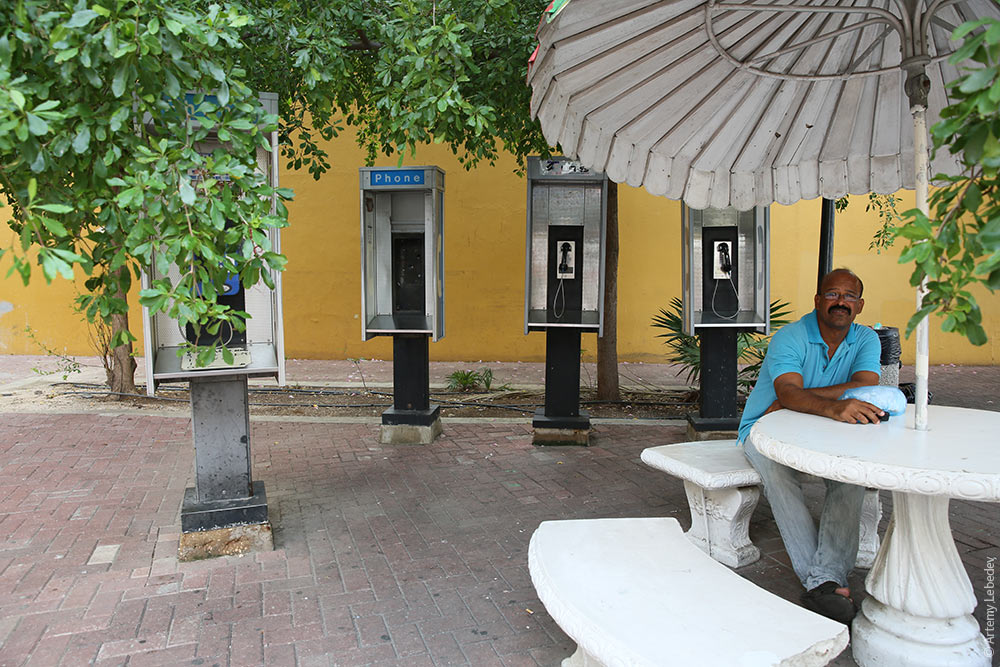 A fairly ugly city trash can. 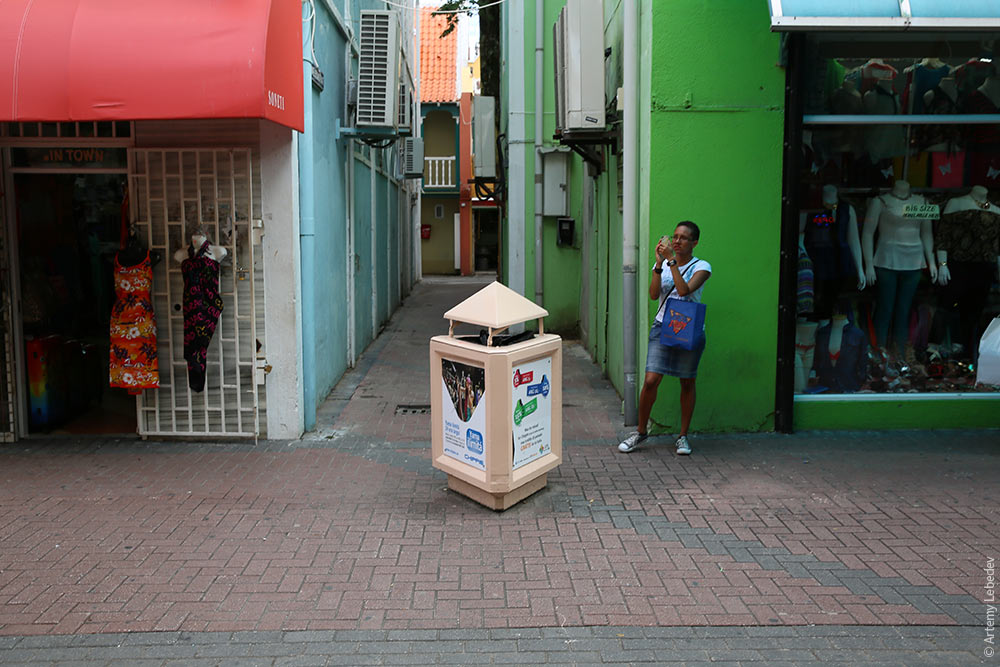 A more elegant trash can. 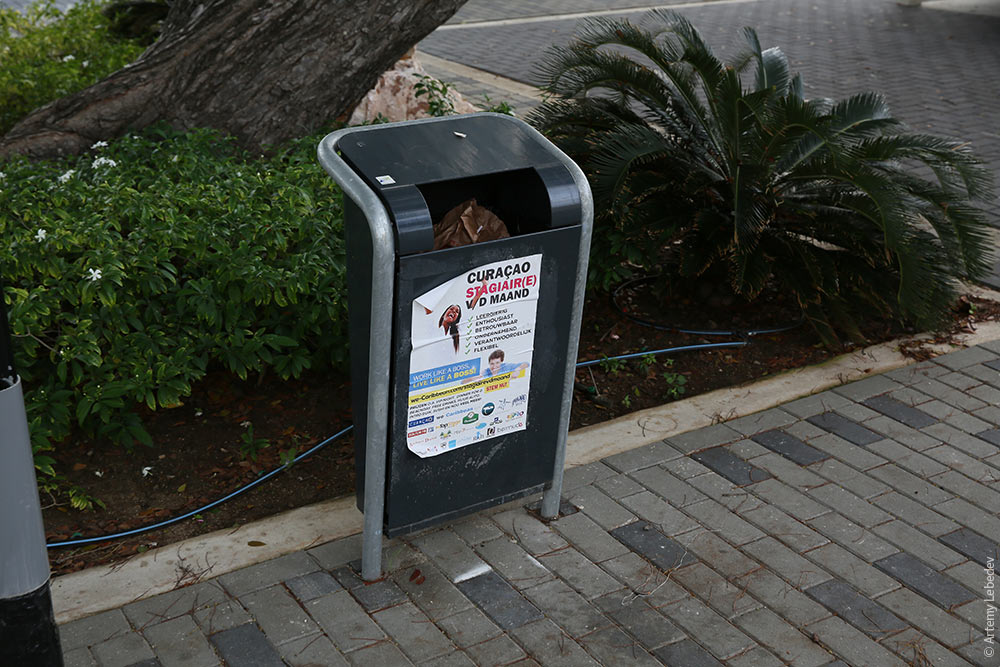 Dumpsters.  A tree sprinkler. A rubber hoop with small holes is attached to a buried hose. The water is turned on remotely when needed. 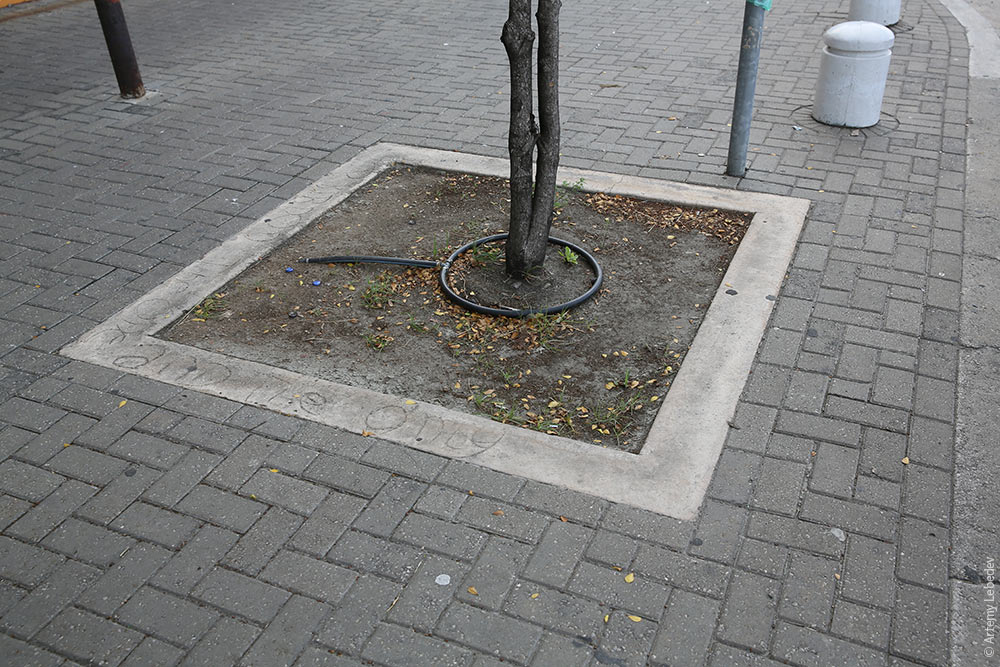 Pedestrian crossing. 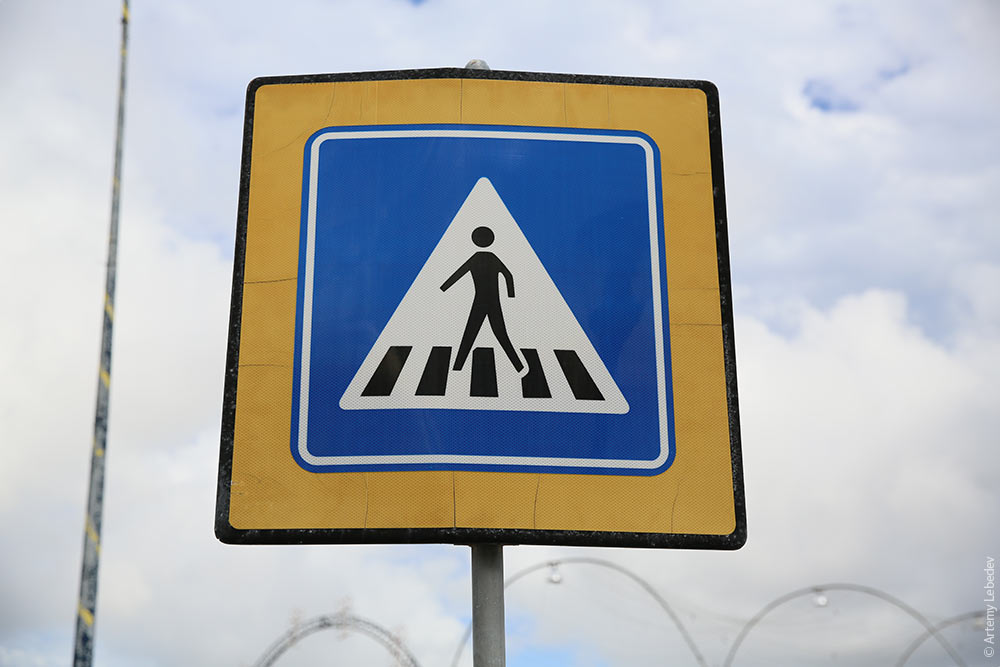 A parking meter. 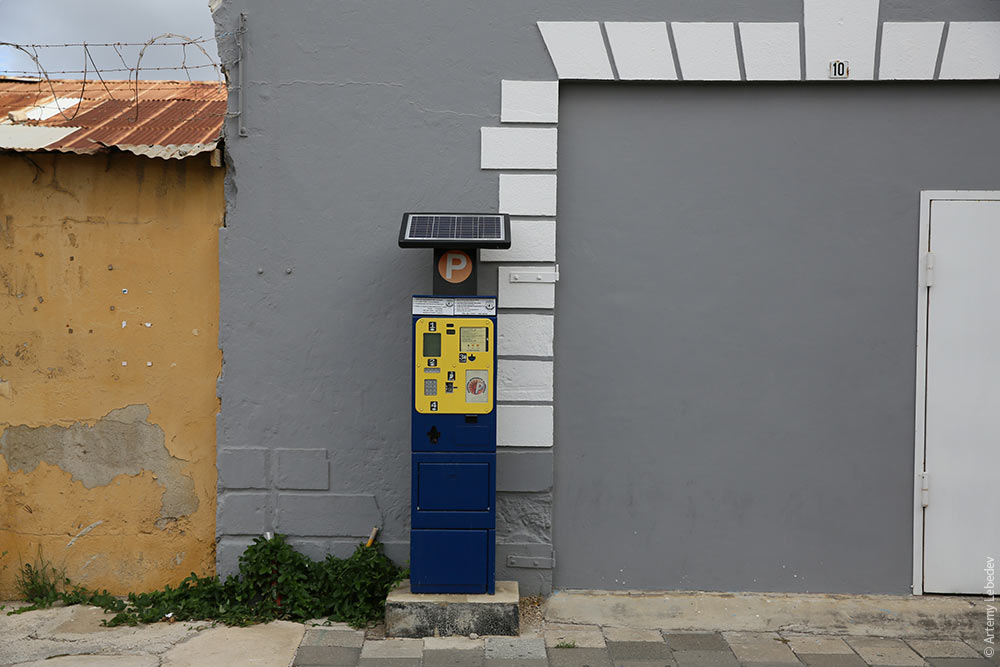 Loading and unloading only (compare to Uruguay, Argentina and Hungary).  A Curaçaoan license plate. 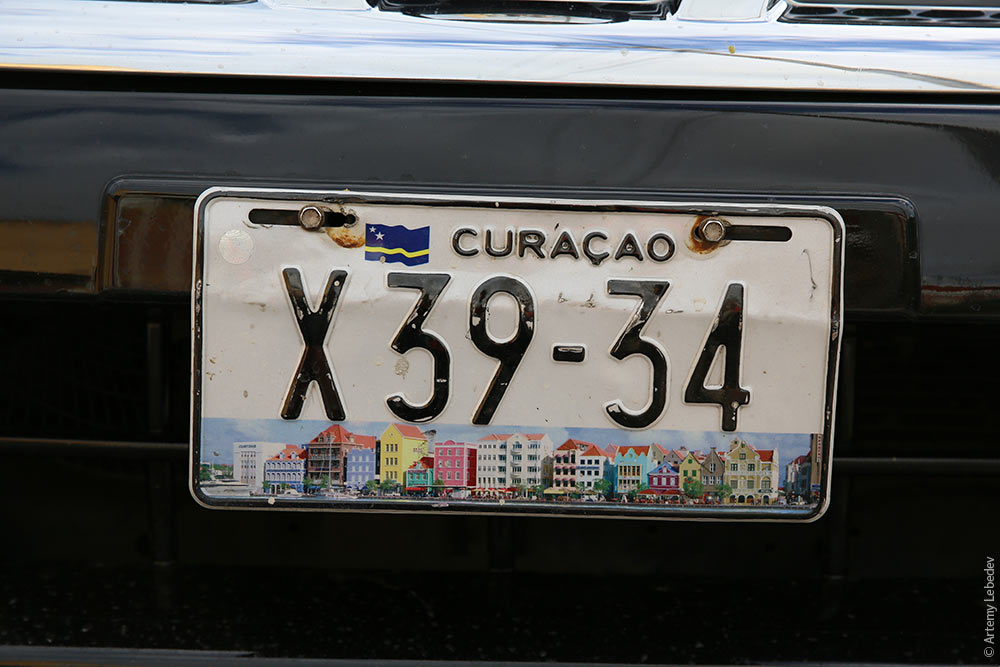 Vehicle inspection stickers on a windshield. 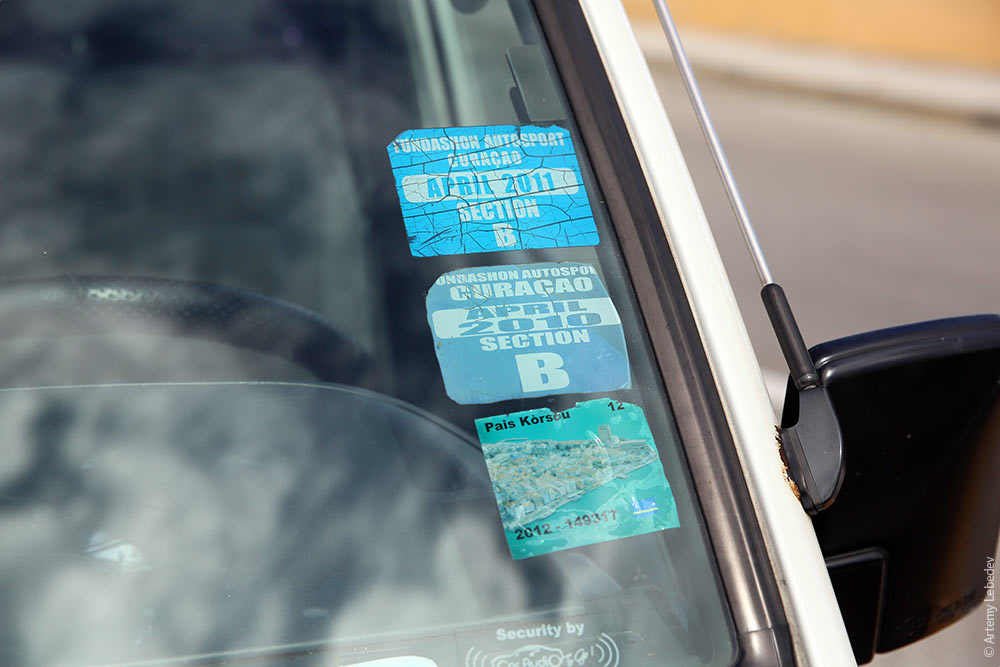 A traffic police station. 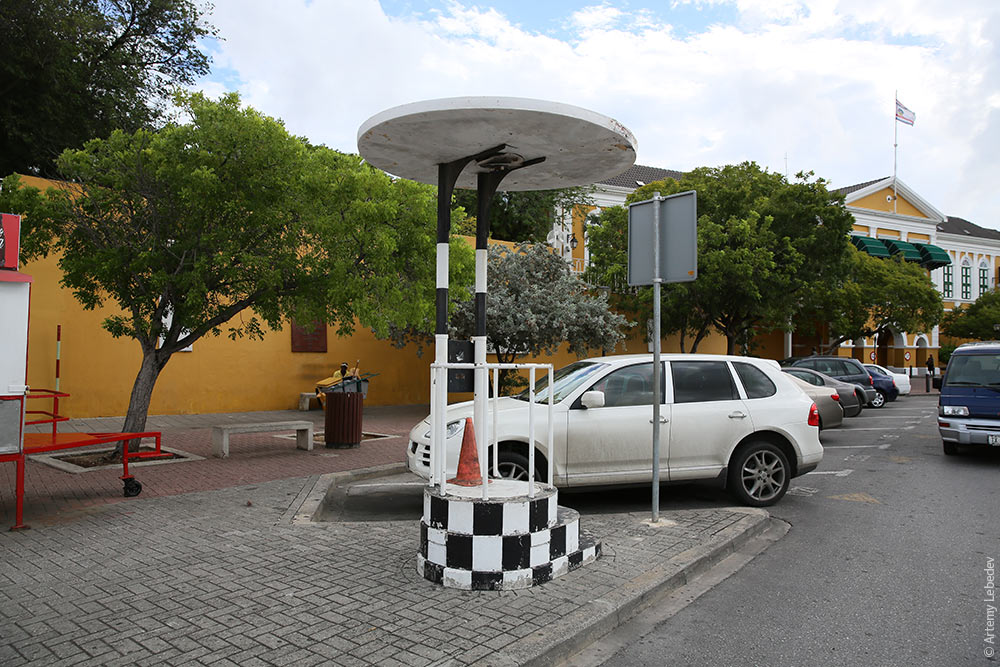 A railing with spikes that don’t exactly invite you to sit down and relax. 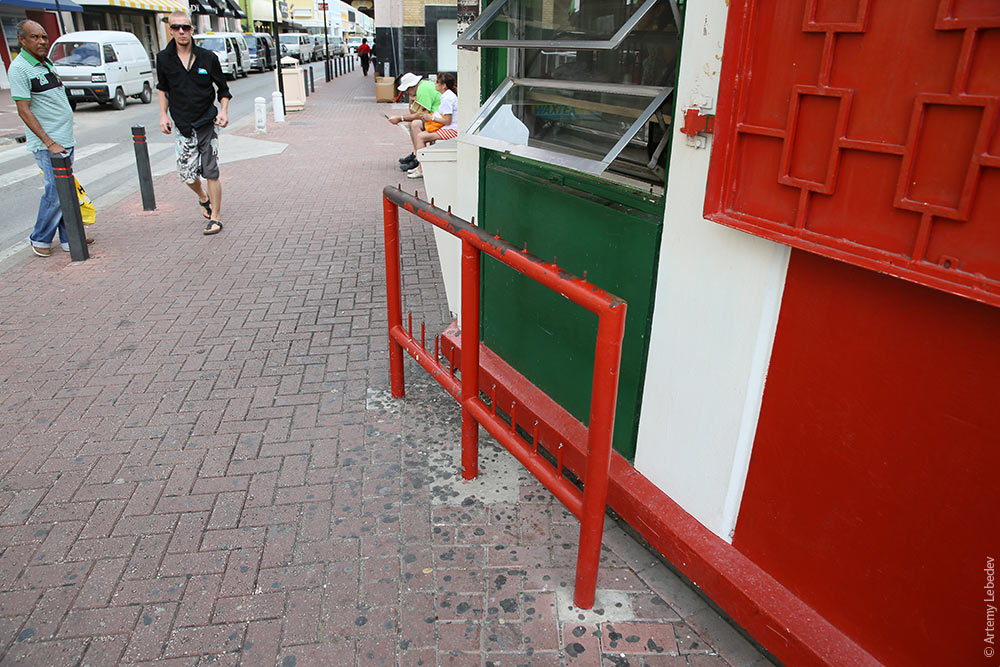 The most unexpected, typically local detail is the safety islands, which are separated from the sidewalk by a distance so short you could mistake it for a gutter. It looks like a second sidewalk attached to the first one, but with an offset for some reason. 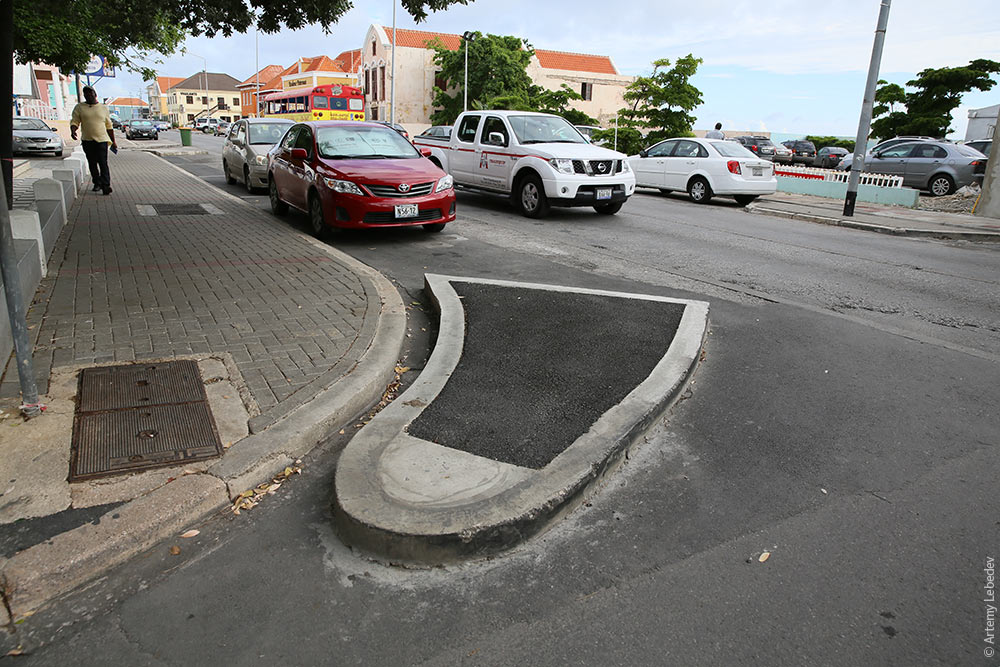 There are some Netherlands Antilles post boxes that resemble wastebaskets. 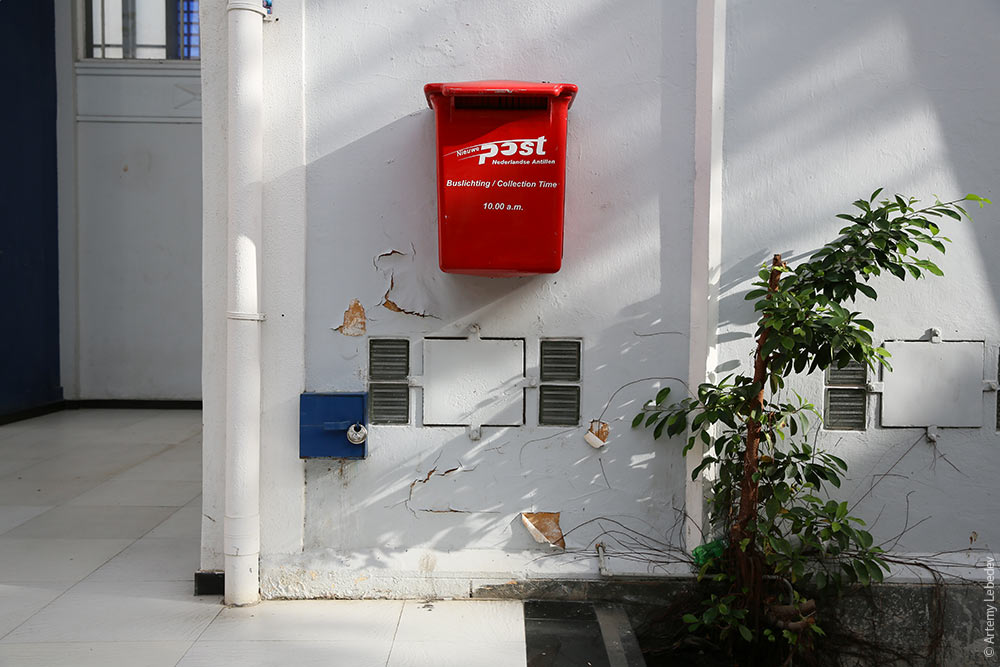 There are some old Dutch post boxes (which you can also find in neighboring Aruba and in Indonesia). 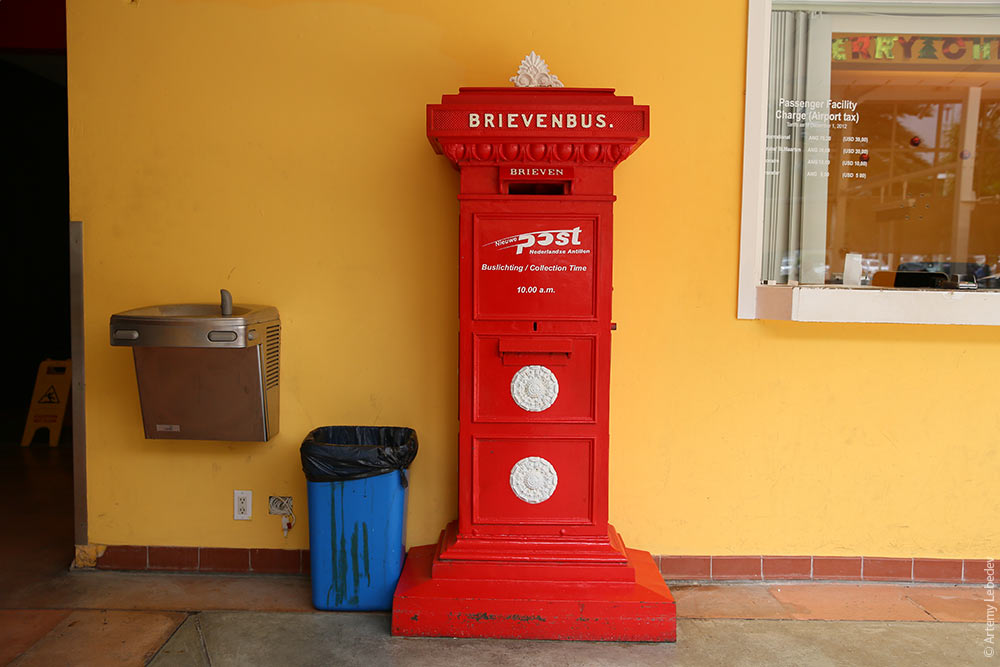 The city was semi-abandoned for a fairly long time, but is now experiencing an upswing in popularity. This is why half the old buildings are still standing around looking indecent while the other half have already been restored. 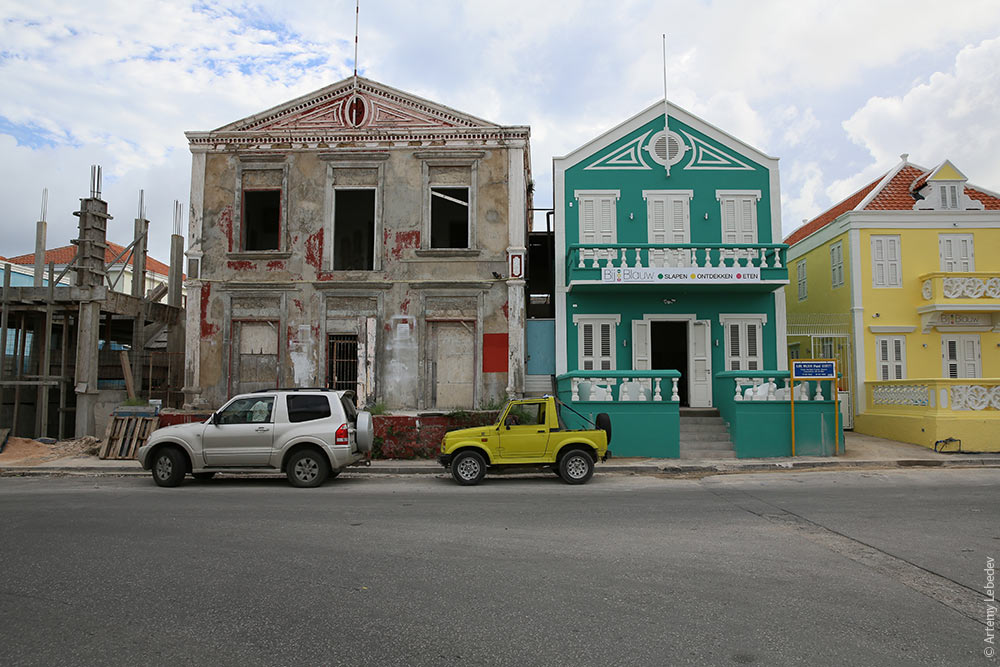 The airport ceiling fan has blades the size of a helicopter’s. 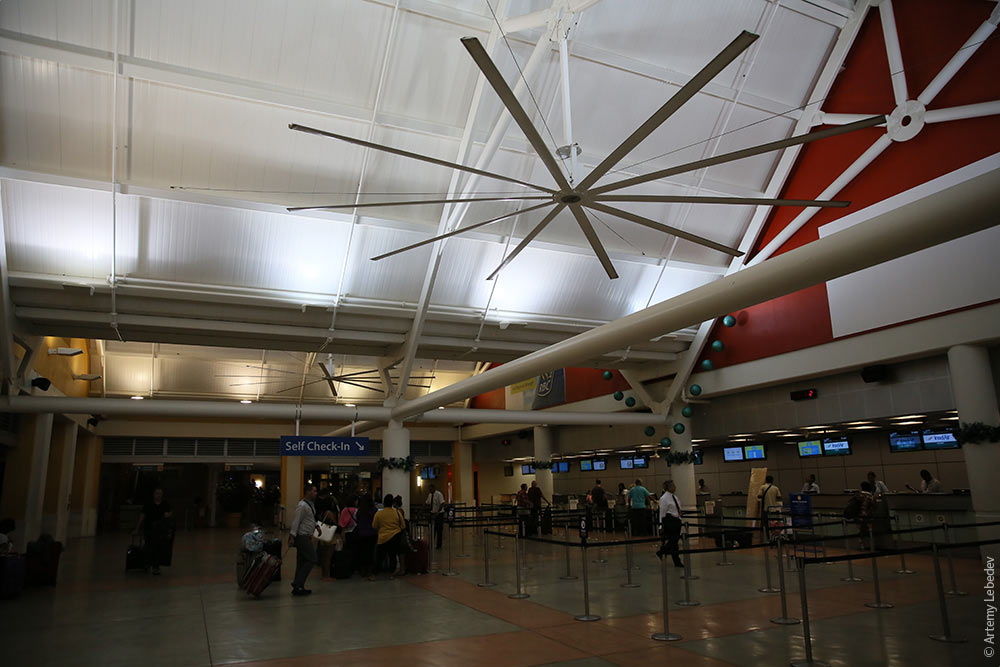 They also don’t accept hundred-dollar bills here. 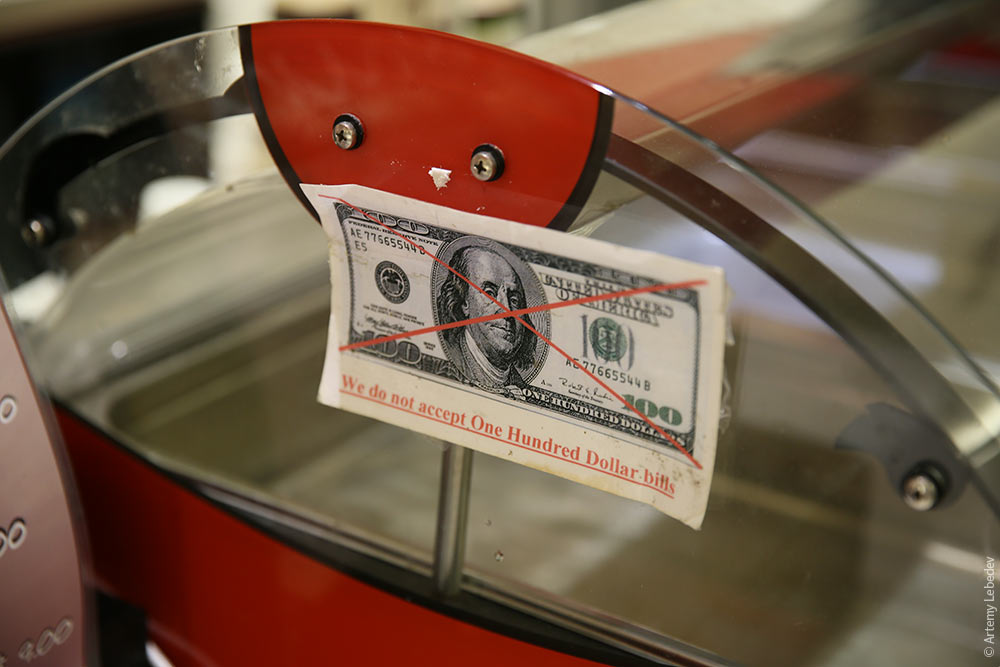 |